The Ni-Vanuatu Way To Prepare for a Storm
In Vanuatu, traditional knowledge provides resilience as tropical cyclones grow more intense.
This article is from Hakai Magazine, an online publication about science and society in coastal ecosystems, and appears here with permission. Read more stories like this at hakaimagazine.com.
Mango flowers and hornets’ nests might seem strange bedfellows for meteorological satellites, but on Futuna Island, a craggy volcano at the eastern edge of the archipelago of Vanuatu, they play a critical role in helping local people predict extreme weather.
“When the mango tree flowers early—before October—we know there will probably be a cyclone,” says Manuel Nawairea, a resilience officer for the humanitarian agency CARE International who was born on Futuna but now works on neighboring Tanna Island. “We also look at where the hornet builds its nest. Most of the time, it’s up in the trees, but when there’s a cyclone coming, it will build at ground level.”
These indicators prompt the island’s residents to make their own preparations. They chop down fragile banana palms, then pulp and dry the fruit, wrap it in leaves, and bury it underground where it can last for years. They secure loose iron on modern houses, and on traditional houses—already low lying and curved to deflect the wind—they reinforce the roofs with coconut fronds.
Vanuatu’s position on the Pacific Ring of Fire and in the heart of a cyclone belt makes it the country most at risk from natural hazards in the world. As if to prove the point, in March this year the country was hit by two Category 4 cyclones within 24 hours of each other (and an earthquake in between)—a confluence that’s unprecedented in Vanuatu’s recorded history.
The country is already susceptible to a litany of disasters, including volcanic eruptions, tsunamis, earthquakes, cyclones, floods, droughts, and landslides—and climate change is only making things worse. Cyclones are becoming more intense, and increasing temperatures and rising seas are changing coastal and marine ecosystems.
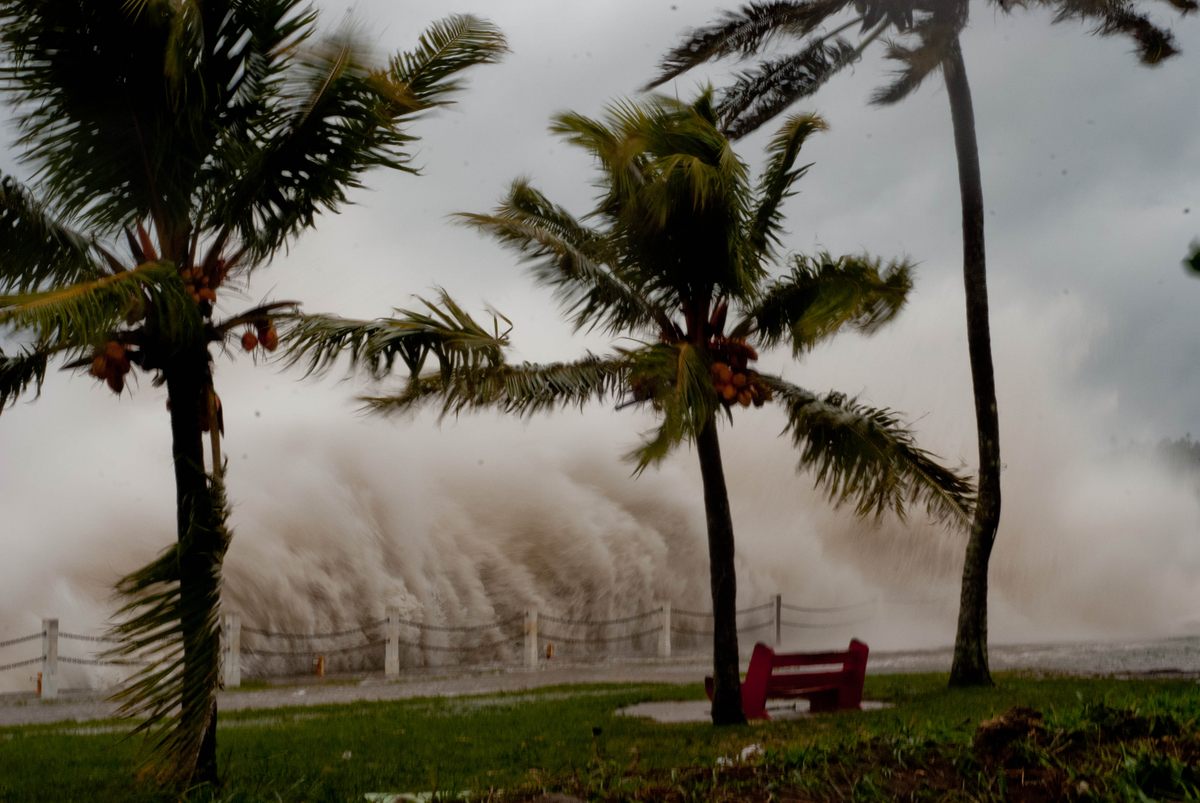
Against this elevated risk, disaster relief from abroad is declining. After Cyclone Harold, which hit Vanuatu in 2020, far fewer donors contributed far less financial assistance than they did for Cyclone Pam, a similarly destructive cyclone that hit five years before.
In this context, says Charles Pierce, a doctoral candidate at Bishop Grosseteste University in England who lived and worked in Vanuatu for over four decades, there’s a strong case for maintaining and increasing Vanuatu’s disaster resilience. And one way to do that is to lean on Vanuatu’s Indigenous peoples’ (ni-Vanuatu) traditional knowledge.
Just as critical as the local practical strategies for dealing with disaster, says Pierce, are the cultural ones: community members who get off lightly in one disaster will help those who are struggling, and the favor may be returned next time. “It’s this way of investing in each other: a commitment to giving back to whoever is in trouble, a network of solidarity,” he says.
In early 2020, Pierce began a project studying how ni-Vanuatu traditional knowledge contributes to tropical cyclone resilience. But in March of that year, at the onset of the COVID-19 pandemic, the government declared a state of emergency. The next month, Cyclone Harold hit the archipelago, displacing 80,000 people and damaging 17,500 hectares of croplands. Fearful that overseas aid workers would import the virus, Vanuatu’s government banned them from entering the country and restricted the delivery of relief supplies.
This perfect storm highlights exactly why local resilience is so important, as communities were forced to adopt localized responses—with many drawing heavily on traditional resilience strategies and values to do so.
Pierce caught the last flight out of the country, but from Australia he reached out to contacts still on Vanuatu to interview older community members and survey ni-Vanuatu students at the University of the South Pacific in Fiji. Comparing the resilience-related traditional knowledge of young people who had left their homes and sought Western-style education with that of older people who had stayed put, Pierce found that young people’s knowledge of traditional indicators and strategies for predicting and responding to cyclones was much more limited than that of older people. However, young ni-Vanuatu did retain traditional values such as unity and solidarity, cooperation, showing respect and obedience to leaders, and togetherness.
These values were on display after Cyclone Harold. Communities in the central and southern islands donated boatloads of root crops and fruit to those on the northern islands, which were most affected by the cyclone. This sharing of locally grown food, Pierce and his coauthors note in a recent paper, has advantages over relying on the food that typically comes in aid packages. Local food is healthier and more diverse, and a proportion of the root crops can be planted, which helps people rebuild and bolsters future food security.
As cyclones become more intense, resilience practices must be updated and fresh opportunities must be created for older knowledge holders to share their skills and wisdom with younger generations, Nawairea says. “We need to use traditional and scientific knowledge together.”
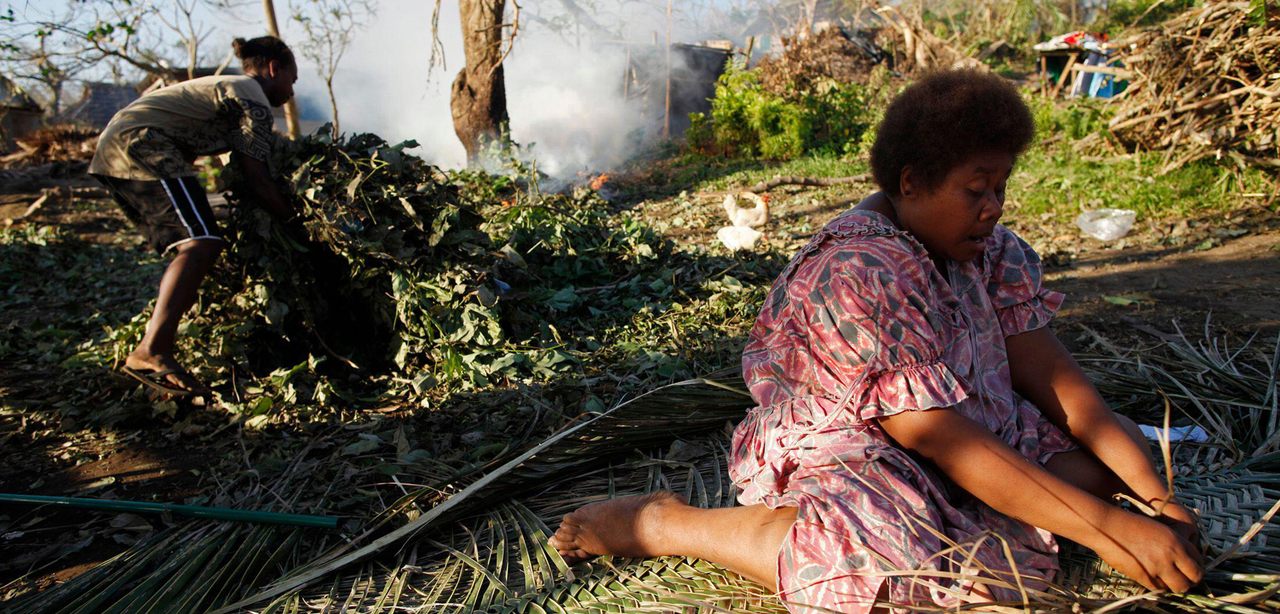
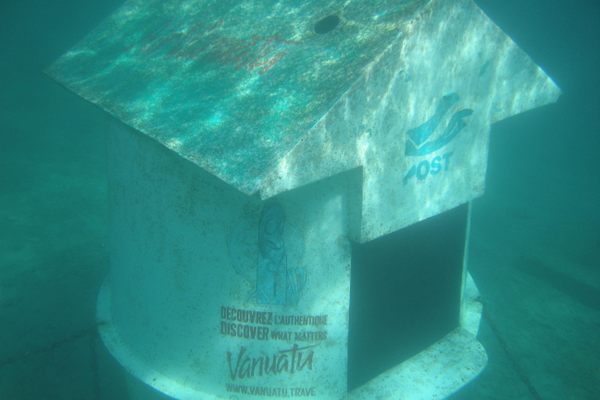
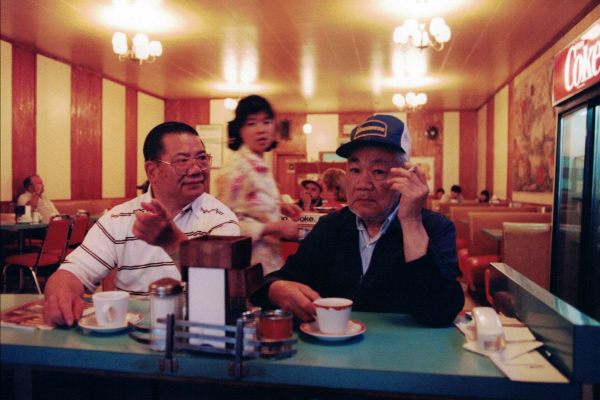
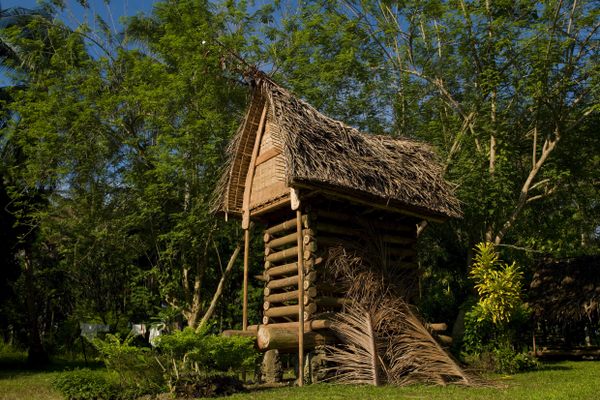

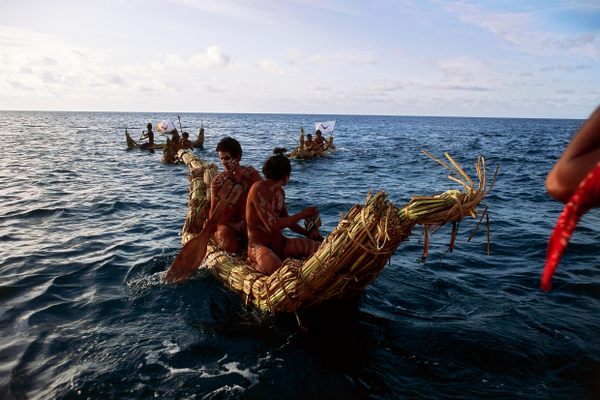











Follow us on Twitter to get the latest on the world's hidden wonders.
Like us on Facebook to get the latest on the world's hidden wonders.
Follow us on Twitter Like us on Facebook